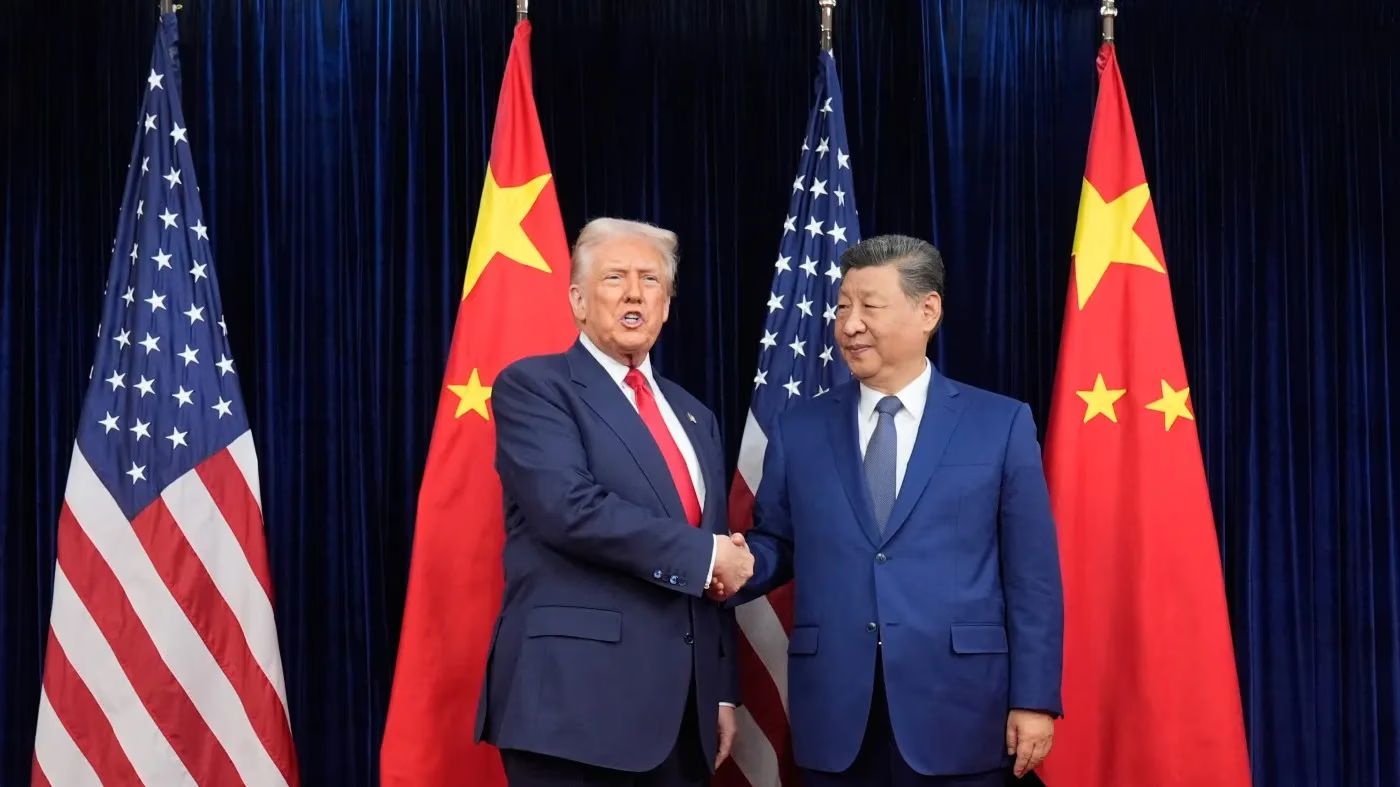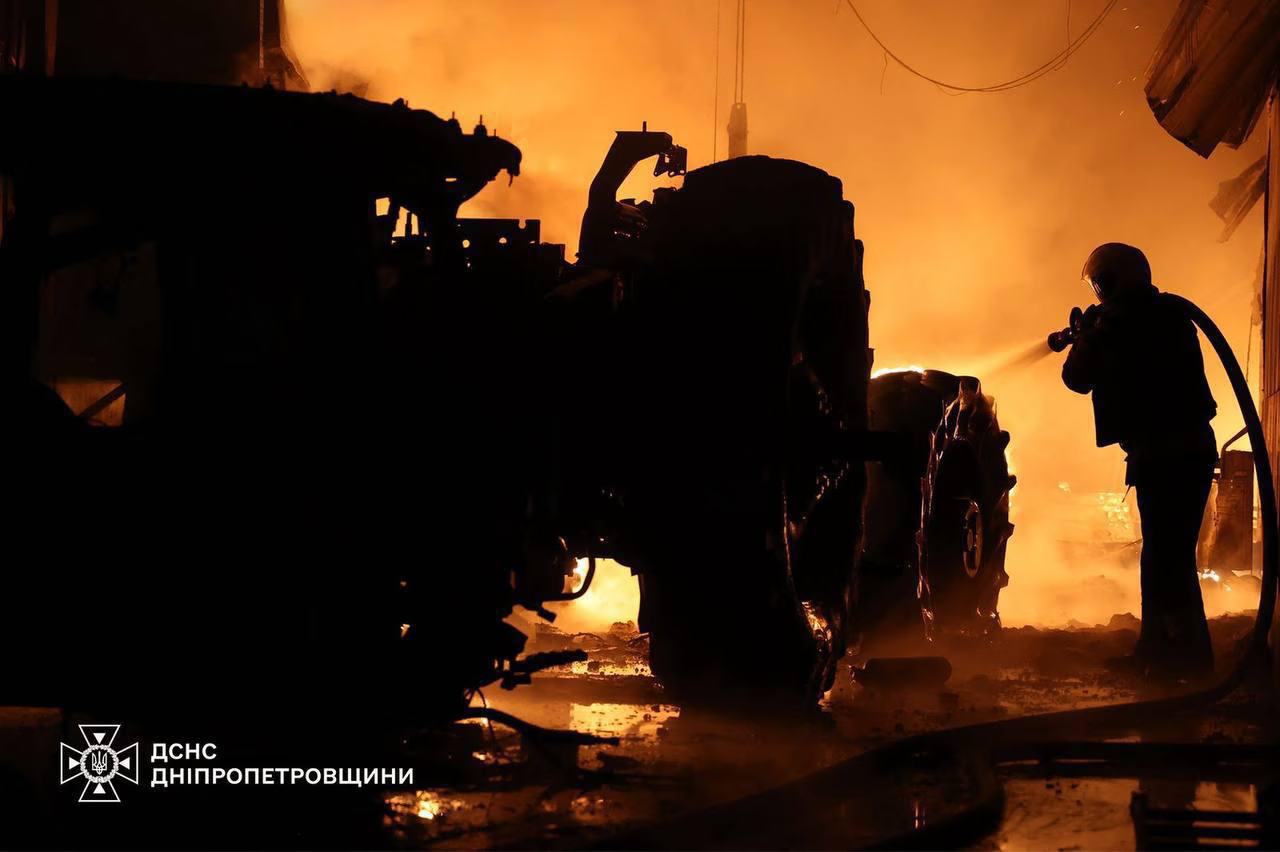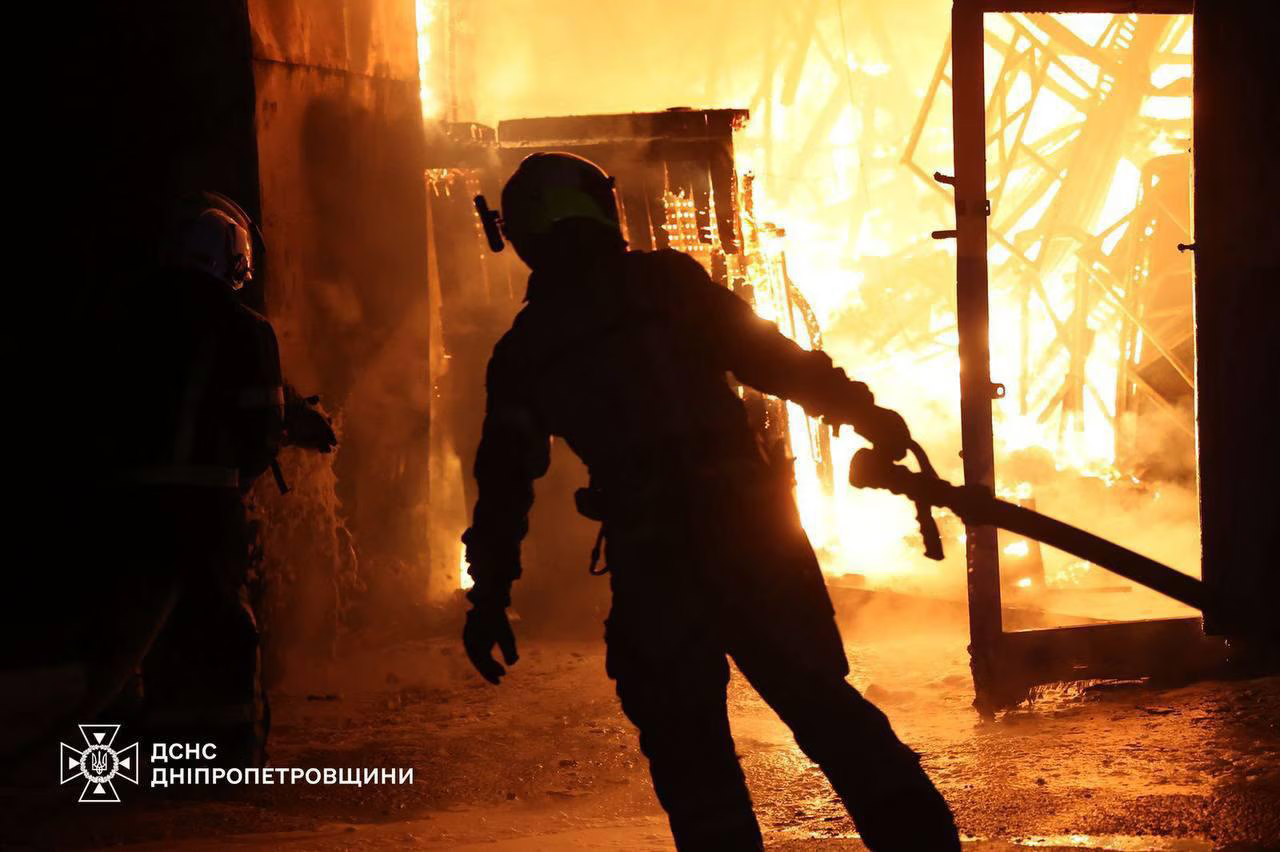Trump’s tone and actions on Ukraine and Europe swing like a pendulum—between pressure and concession, resolve and caution. He has softened his rhetoric toward Russia, reduced America’s military footprint in Europe, and spoken of resuming nuclear testing for the first time in three decades. All this reinforces the impression that U.S. foreign policy is losing direction—reacting to events rather than shaping them.
Donald Trump’s tone on Ukraine has shifted again in recent weeks: from tough statements aimed at Vladimir Putin to a markedly more restrained and detached stance.
After pledging to end Russian aggression and to support Kyiv firmly, Trump now appears far less interested in aiding Ukraine or in seeking ways to bring the war to an end.
The shift occurred two weeks ago during Volodymyr Zelensky’s visit to Washington. At the time, many expected Trump to approve the transfer of long-range Tomahawk missiles to Ukraine—but that never happened. The president explained his refusal by saying that training would take too long and that the missiles were needed for U.S. stockpiles. He also firmly denied a Wall Street Journal report claiming that the U.S. had lifted restrictions on Ukraine’s use of long-range weapons to strike targets inside Russia.
Later, the Department of Defense announced the return of a U.S. Army brigade stationed in Romania and partly in Hungary and Bulgaria. Trump described the move as “not very significant, nothing special,” but Europe saw it differently.
“It’s an invitation for Russia to step up attacks on Ukraine and expand its influence in the region,” one European official told Fox News.
The softer tone continued at Trump’s meeting with Chinese President Xi Jinping. Whereas he had previously urged India to reduce purchases of Russian oil, he made no such demand of Beijing. “We didn’t really discuss oil,” he admitted to reporters.
The issue of ending the war did come up, though without the earlier sense of urgency. “We’ll try to do something together,” Trump said. “We agree that the sides are stuck in the fighting—and sometimes you just have to let them fight, I guess. It’s crazy. But he’s going to help us, and we’ll work together on Ukraine.”

Trump and Xi Meet for the First Time in Six Years
The U.S. and China Agree on a Trade Deal and Pledge to Work Together on Resolving the War in Ukraine

U.S. Reduces Military Presence in Romania
The White House Withdraws About a Thousand Troops as Part of a Strategy to Shift Focus to the Asia-Pacific Region
For a politician who once vowed to “end the war on day one,” these words mark a shift from determination to resignation—and reflect a foreign policy that is increasingly reactive rather than strategic.
Some, however, see no cause for alarm. Last week, Trump imposed sanctions on Russian companies Lukoil and Rosneft—a move that, according to Ukraine’s supporters, could seriously weaken Moscow’s financial resources. Both firms soon announced plans to sell part of their overseas assets.
“The sanctions do matter. The troop drawdown in Europe was expected, and the changes seem minor,” another European official said. “Everything else is typical Trump oscillation—one direction today, another tomorrow.”

The World Still Buys Russian Oil and Gas
Trump Vows to Cut the Flows and Deprive the Kremlin of Revenue, but Success Depends on Asia and Europe

On the Eve of Meeting Xi Jinping, Trump Announces the Resumption of Nuclear Tests
For the First Time in Nearly Thirty Years, the World Risks Returning to a Cold War Atmosphere
At the same time, the president announced plans to resume nuclear testing—for the first time since 1992—citing the actions of “other countries.” Russia, meanwhile, reported tests of a nuclear-powered drone, missile, and submarine, though none involved a live warhead. The country’s last confirmed nuclear weapons test took place in 1990.
Not long ago, Trump urged European countries suffering from Russian incursions into their airspace to “shoot down” drones and aircraft, while his administration pledged to defend “every inch” of NATO territory.

In Recent Days, Germany Has Detected Drones Over Strategic Sites and Military Bases
Authorities Are Preparing a Law Allowing the Army to Shoot Down Suspicious Aircraft

Russia Turns the Baltic Sea Into a Zone of Navigational Chaos
The Scale of GPS Interference From Military Sites Puts European Aviation Safety at Risk
He had planned to meet Putin in Hungary but canceled the visit, saying he didn’t want to “waste time.” “Every time I talk to Vladimir, the conversations go well, but nothing comes of them,” Trump complained.
Meanwhile, according to Ukraine’s Air Force, Russia launched 705 missiles and drones against Ukrainian cities overnight on Thursday, October 30. Most were intercepted, but four people were killed.


Fire at an industrial site in Dnipro following a Russian strike.
Despite Trump’s claims of seeking “peace through strength,” his recent moves and statements paint a far more contradictory picture, leaving allies uncertain about which course on Ukraine will ultimately prevail.
